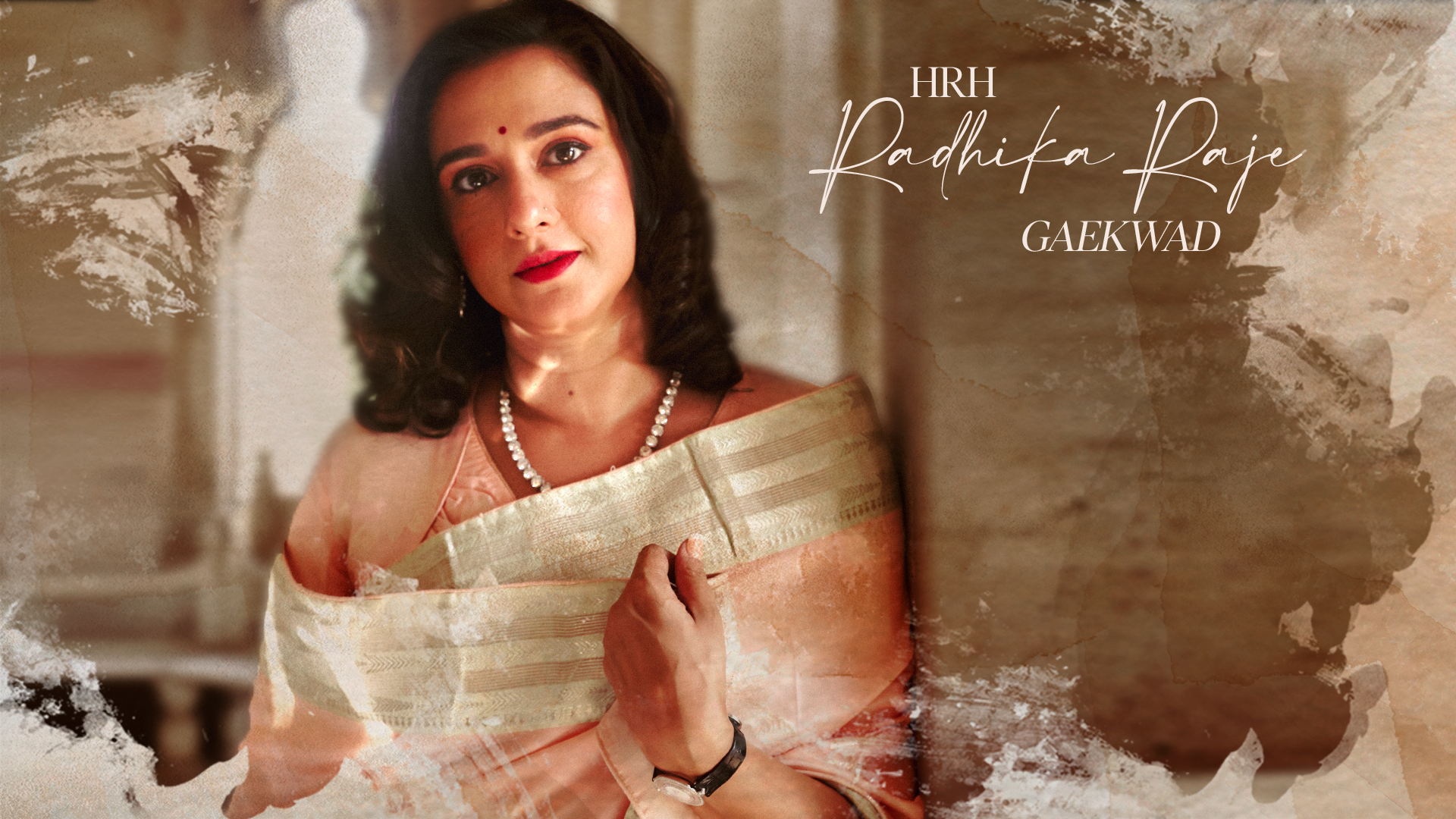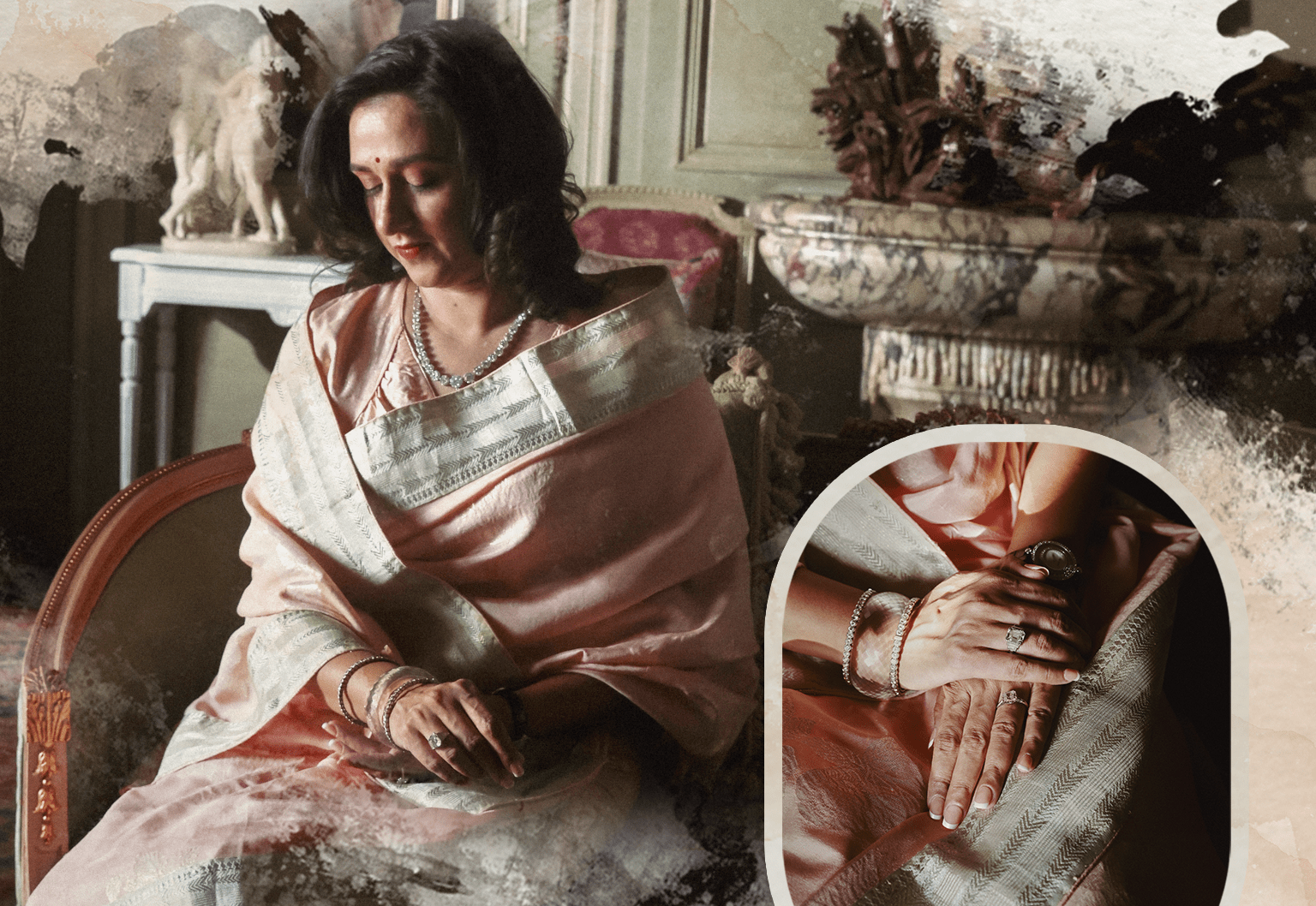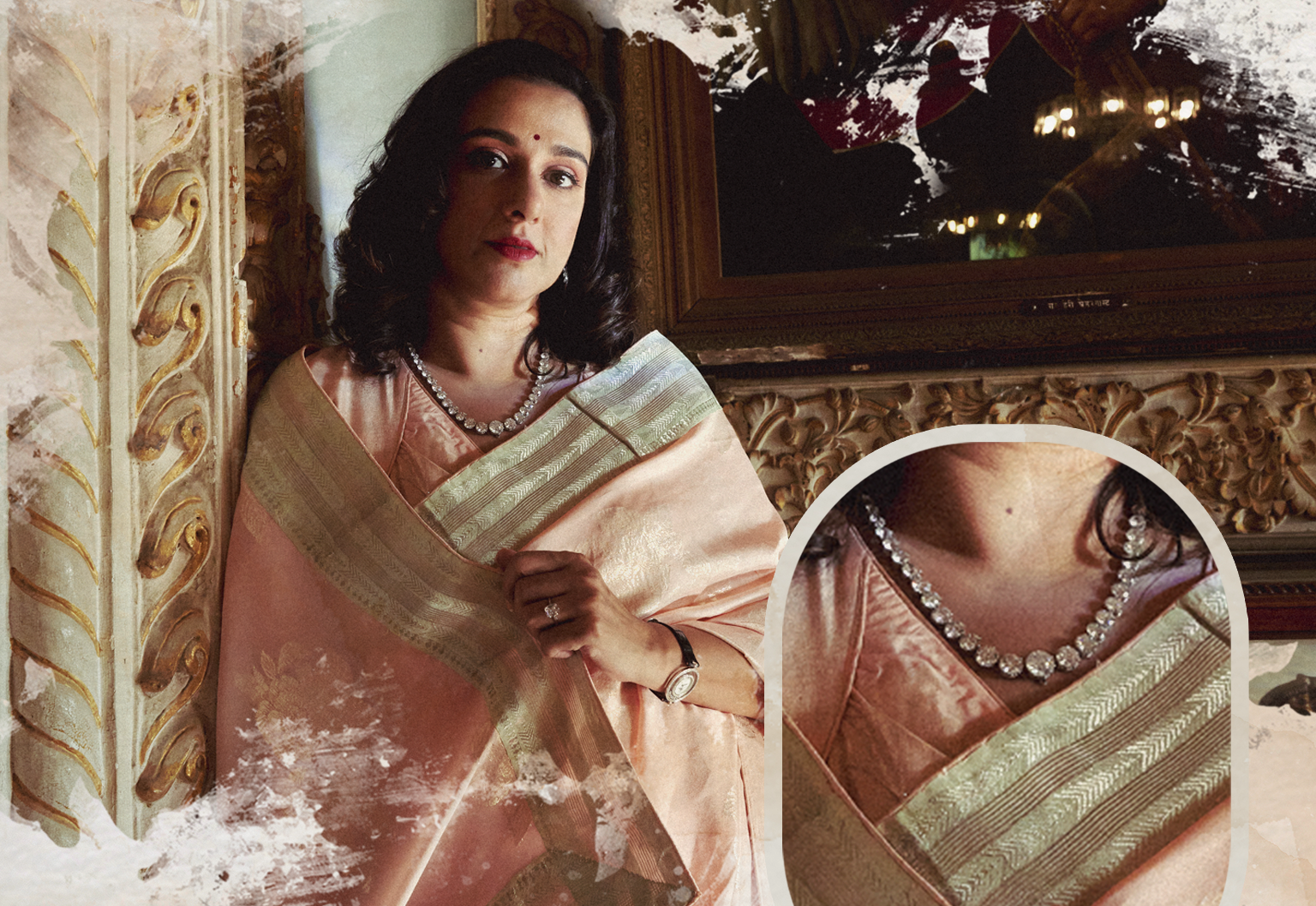In Conversation with HRH Radhika Raje Gaekwad of Baroda
The maharani on wearing her legacy lightly — whether it’s the marvelous jewels that have been passed down as heirlooms or the intangible traditions she has inherited from generations of the Baroda royal family

A member of the Natural Diamond Council Style Collective, HRH Radhika Raje Gaekwad’s family legacy and relationship with jewellery, natural diamonds in particular, shaped our Trend Report for 2022.

What are your earliest memories of jewellery, and what it meant to the women in your family?
Jewellery was always an integral part of everyday life for the women in my home. They weren’t the statement pieces with a lot of bling, but rather small, quieter pieces that carried immense sentimentality. My grandmother would wear a tulsi mala and a gold pendant with inlay work that had a picture of her and my grandfather, so there was also a lot of romance. Another special piece, one of my most cherished, is a tiny gold locket my grandmother gave me when I was just 10 years old. It was a gift from her father, whom she had lost to the Spanish flu when she was very young, and when she handed it over to me I clearly remember the lingering look she had; there was so much love there.
As a royal who has grown up with, and inherited, pieces and collectibles from generations ago — what is your idea of an heirloom?
Heirlooms can mean so many things to different people. It could be a letter, a family recipe, a tradition, however intangible that is. The heirlooms I feel blessed to have are beautiful textiles from both sides of the family, Raja Ravi Varma paintings, our stories and history, and etiquette — “vyavahar” as we call it. I consider myself to be a keeper of heirlooms, to ensure that the value and essence of these possessions and traditions is not lost in the transition.

Which of your own pieces do you see passing down to your daughters, and why?
All of my pieces will be passed to my daughters. They carry so much sentimentality, over any intrinsic value, and I know they will cherish each piece because of that. There is one ring in particular though, with an Asscher cut natural diamond. I wasn’t aware that it actually was made by the company until I had a jewellery historian look at it. It was bought by Maharani Chimnabai II and generations of Baroda maharanis have worn it. It stands for more than just a natural diamond; it comes with responsibility, goodwill, and legacy.
What aspects of your heritage and family legacy do you hope to share with your daughters?
I want, of course, for all our legacies to be passed on — but I want them to be free to find themselves and lose themselves, walk the path they choose and not carry on their shoulders the legacies that others have created. I want them to carry it forward as lightly as they can, and create a life they find meaningful over and above any legacy.

What have been the most meaningful lessons that you have learned from your mother or grandmother about the art of dressing?
Elegance. Less is more. I’ve learned that personality speaks — your outfit or jewellery cannot be greater than you. The way you conduct yourself is what matters eventually. Even today, I wear jewellery that doesn’t compel me to take myself too seriously. It encourages me to have flexibility and move on with my day from one place to another; it doesn’t take over me in a way where it controls where I am or how I behave. The way I wear my sari is exactly how my grandmother, mother, and mother-in-law wore theirs — the pallu is always on the other side of the shoulder and not left to trail, and my blouses are long with pockets.
Who is your style icon?
Princess Indira Raje of Baroda, who later became Maharani of Cooch Behar. She embodied everything exquisite and beautiful, and carried herself with so much grace throughout her life.
Credits:
Photographer – Nishanth Radhakrishnan (Feat. Artists)
Videographer – Tenzin Tsundue (Feat. Artists)
